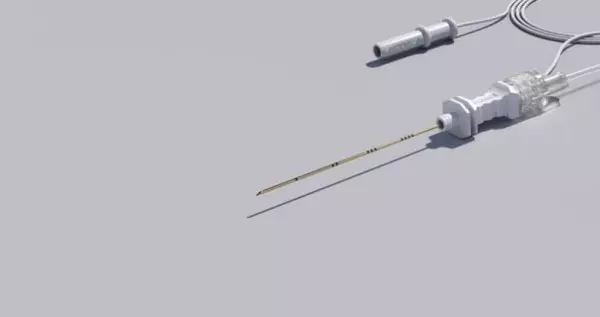
Echogenic, Stimulating Single Shot Nerve Block Needle. SonoPlex needles were especially developed...
Portal and digital medical technology fair of the largest MedTech cluster in Germany

Echogenic, Stimulating Single Shot Nerve Block Needle. SonoPlex needles were especially developed...
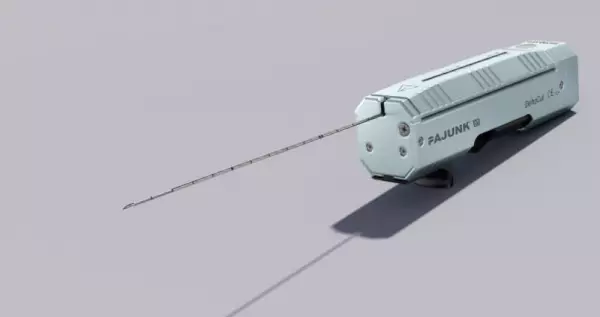
The Fully Automatic Reusable Biopsy System. The reusable DeltaCut is the ideal instrument for app...
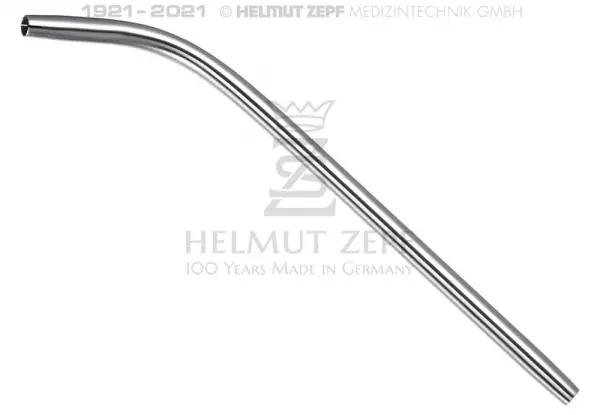
Surgical Aspirators - Dental Surgery Instruments
19.649.05 ALLIS, TISSUE SEIZING FORCEP 5:6 TEETH, 19 CM 19.649.15 TUBE, TONSIL SUCTION, ASP...
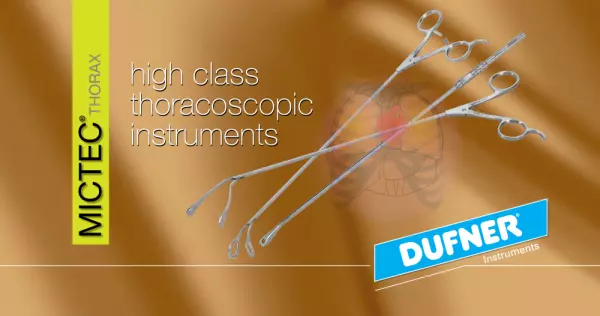
thoracic surgery - High-quality VATS instruments,...
High-quality VATS thoracic instruments, suction, retractors, electrodes - Made by Dufner Instrumente...
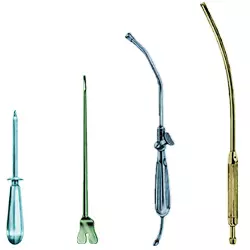
Probes, aspiration, puncture, varices & injection
Probes (vascular probes, fistula probes etc.) Dilators Cotton swab Suction cannulas & t...
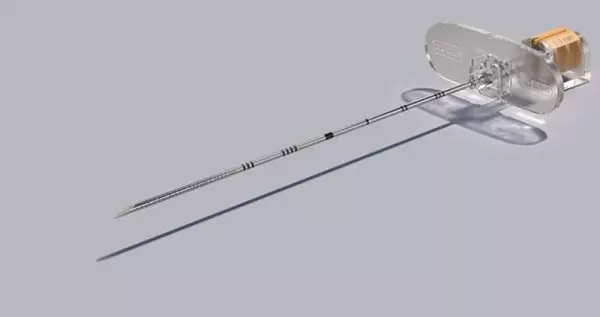
The Echogenic Biopsy Needle. Ultrasound guided biopsies have been increasing in the recent years....
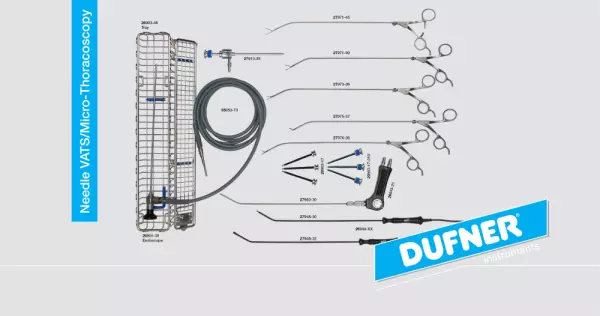
Needle VATS - Mini Thoracoscopy & Laparoscopy
With our new Needle VATS system, new possibilities are open to you. The 3.5mm instruments enable awa...
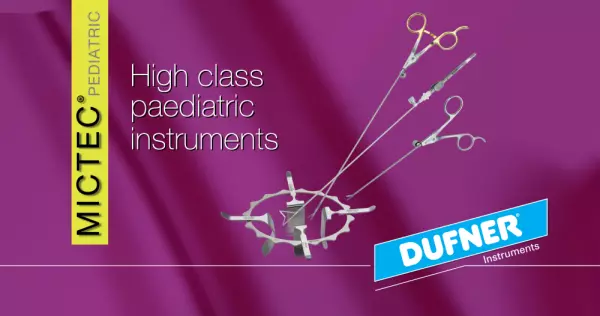
pediatric surgery - High class endoscopic...
Special instruments for pediatric surgery Paediatric surgery requires instruments that meet the s...
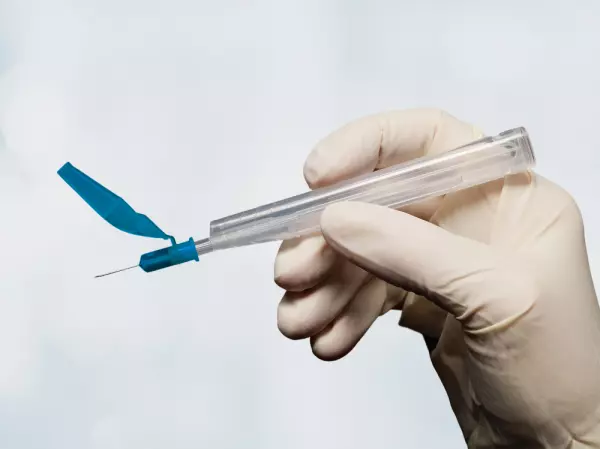
Case Study: Arterial Blood Collection Vessels
Whole blood samples are taken from patients using arterial blood collection vessels. The sample is t...
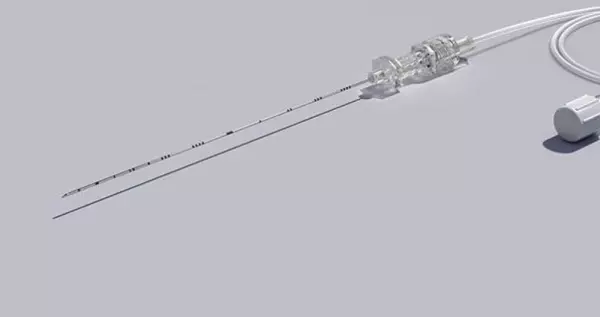
Sharp, Echogenic MSK and Chronic Pain Injection Needle. The optimised echogenic properties of the...
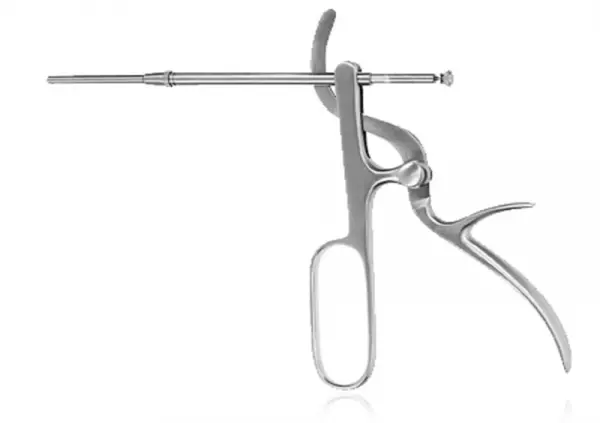
ENT instruments - suction tubes and irrigation...
ENT INSTRUMENTS Well-tried things still have their place: In addition to lace-ups for ear, nos...

A cannula (from French cannula), also empty needle or infusion needle, is an empty needle used in medicine to penetrate (cut) human or animal tissue in order to present it (infuse) or fluids with the help of a To administer a needle extract (e.g. blood test). Cannulas can also be used as mandrels for embedding a catheter, which remains in the body after the cannula has been removed and via which the liquid is then withdrawn or made available. The finish of the cannula is usually honed at an angle to allow a small entry point to be created as it penetrates the tissue. The cut would be more excruciating if the tissue were not cut but only uprooted with a simple needle. It also covers a few points to make an infusion as effortless as expected. By penetrating tissue or material, the sharpness of the cannula tip is lost to a certain extent, which makes the infusion more unbearable. Therefore, after taking prescriptions from supposed vials (elastic seals to be pierced), cannulas should be changed before the actual infusion. In order to avoid needle stick wounds and secondary diseases, medically used cannulas are disposed of in supposed cannula removal boxes. In view of the conceivable incisions, it should not be returned to the defensive covering (recapping) for reasons of contamination protection.
In the event that the tissue is not to be damaged, blunt cannulas or so-called button cannulas, in which the tip is not sharpened, are used. Due to the rough cannulas, the empty needle is cut upwards and ground blunt; through capture cannulas it has a small, blob-like, thickened head. Such cannulas are used to introduce liquids or gels (eg washing liquids, medicaments) into existing openings (body pits). You will e.g. B. in dentistry and in the therapy of stubborn injuries, but also used in dental innovation, industry and art. They are also used for the exact dosing and application of liquid and sticky material and are called application cannulas in this case.
Become a digital exhibitor yourself in the online portal of the largest and best-known MedTech cluster region in Germany and inform the world of medical technology about your products and services as well as about news, events and career opportunities.
With an attractive online profile, we will help you to present yourself professionally on our portal as well as on Google and on social media.